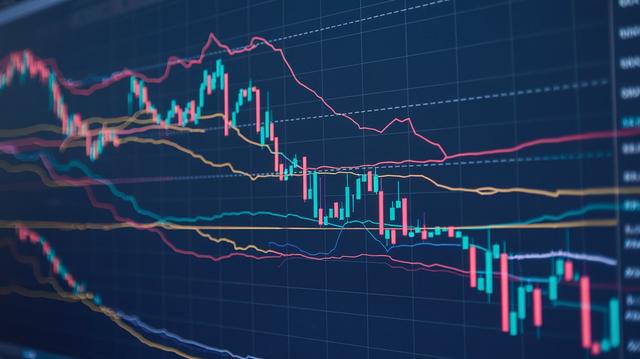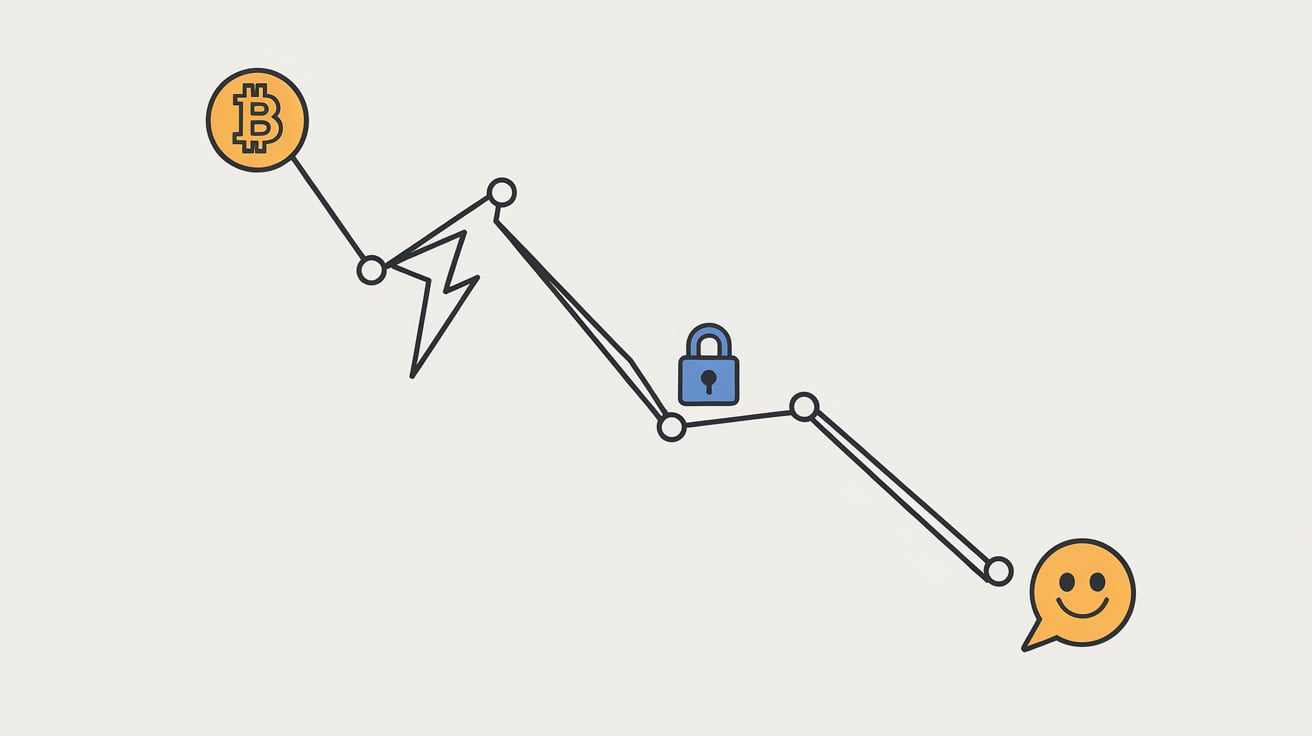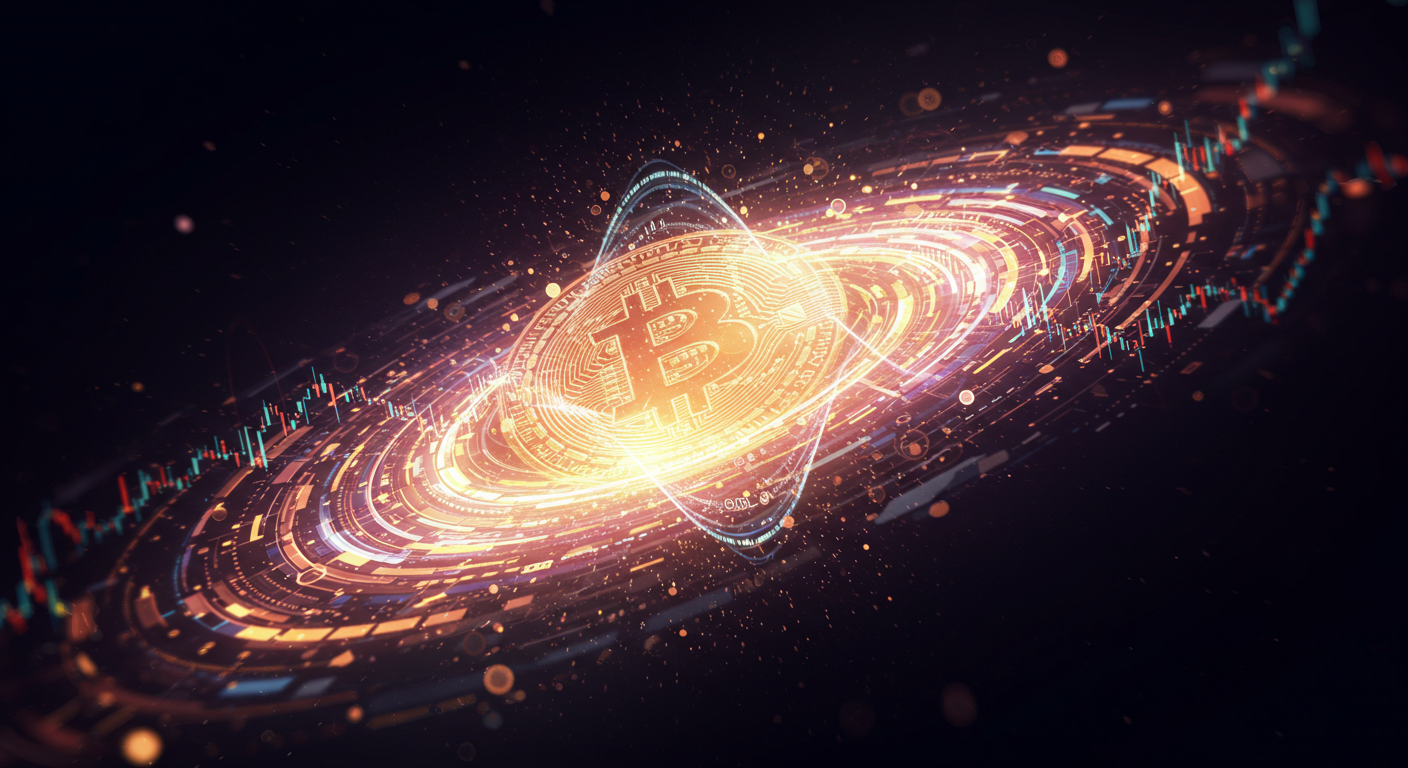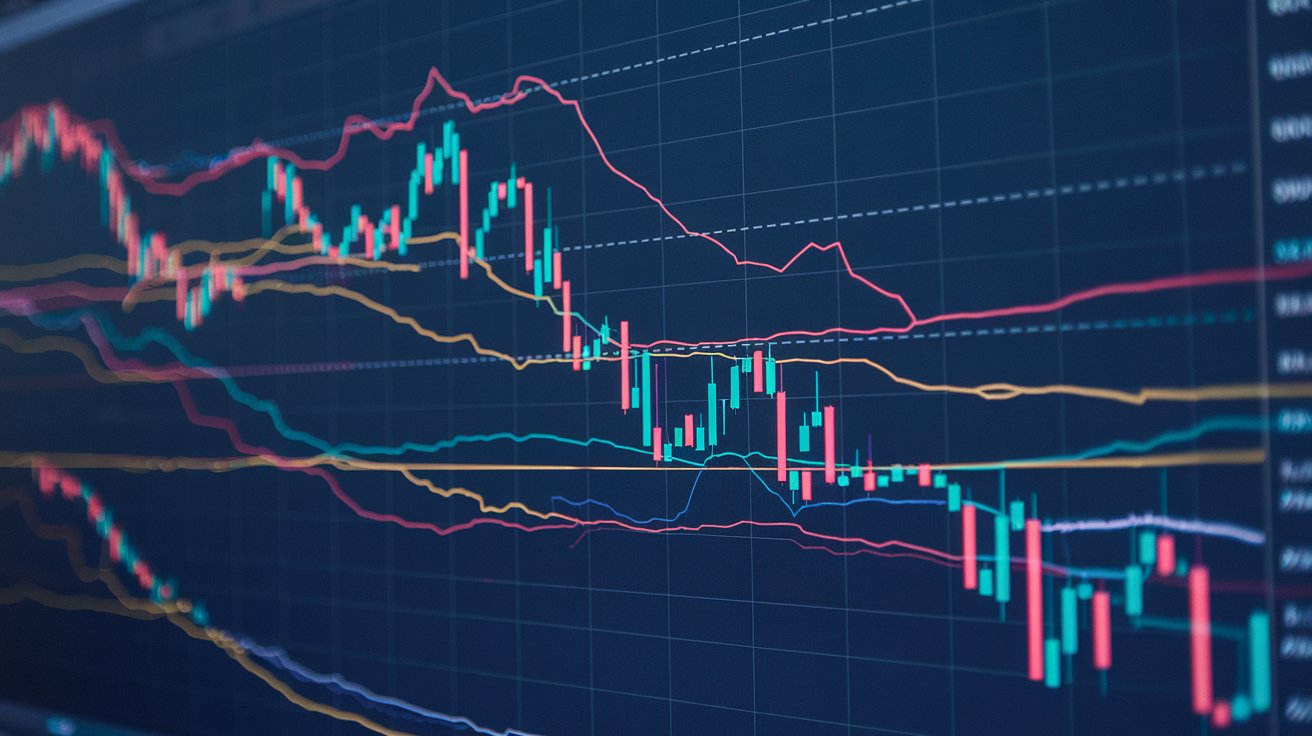Why do some traders consistently make better decisions while others struggle?
The financial markets move fast, and relying on guesswork or emotions often leads to costly mistakes. Many traders spend hours analyzing charts, but human judgment has its limits. Small errors, delays, or biases can turn potential profits into losses.
This is where machine learning steps in. By analyzing massive amounts of data and recognizing patterns faster than any human, machine learning helps traders make smarter, data-driven decisions.
But how does it actually work in trading strategies? Let’s break it down in simple terms.
What is Machine Learning in Trading?
Machine learning is a branch of artificial intelligence that enables computers to learn from data and make predictions.
In trading, it helps analyze past market trends to forecast future price movements. Instead of following fixed rules, AI models learn from historical data and adjust their strategies as new information becomes available.
By analyzing price movements, trading volumes, and market news, machine learning models identify patterns that humans might miss. This gives traders an edge in making more informed decisions.
How Machine Learning Works in Trading
The process of applying machine learning to trading involves several steps:
- Data Collection – Gathering historical price data, economic indicators, and news reports.
- Data Preprocessing – Cleaning and organizing data to remove errors and inconsistencies.
- Model Training – Using algorithms to recognize patterns and predict market trends.
- Testing and Validation – Running the model on past data to check accuracy.
- Making Trading Decisions – Using predictions to buy or sell assets.
Since markets change rapidly, models need continuous updates to stay relevant. The more data these models analyze, the better they become at predicting market movements.
Read also
Types of Machine Learning Used in Trading
1. Supervised Learning
Traders use this method when they have labeled historical data. The model learns the relationship between input data (such as past prices) and output data (future price changes). Once trained, it can predict future price movements based on new inputs.
2. Unsupervised Learning
This method finds hidden patterns in data without predefined labels. It groups similar market conditions and helps identify unusual trading opportunities, such as detecting new trends before they become obvious.
3. Reinforcement Learning
Here, the AI learns from trial and error. It continuously refines its strategy based on past performance. This approach is useful for developing automated trading systems that adapt to changing market conditions.
Key Machine Learning Strategies in Trading
Algorithmic Trading
AI-driven systems execute trades based on pre-set conditions, such as price changes or volume shifts. This method allows for faster decision-making without human emotions affecting the trade.
Sentiment Analysis
Machine learning models analyze news, financial reports, and social media posts to determine market sentiment. If traders see a positive sentiment around a stock, they might consider buying it.
Technical Analysis
AI can analyze historical price movements and indicators like moving averages and relative strength index (RSI) to forecast future trends.
High-Frequency Trading (HFT)
HFT uses AI to execute a large number of trades in milliseconds. It benefits from small price fluctuations that occur within seconds.
Benefits of Machine Learning in Trading
- Faster Decision-Making: AI can process large amounts of data instantly, helping traders react quickly to market changes.
- Better Risk Management: AI models identify potential risks and suggest ways to minimize losses.
- Improved Accuracy: Machine learning helps traders make data-driven decisions rather than relying on emotions.
- Increased Efficiency: AI can monitor multiple markets simultaneously, something a human trader cannot do.
Challenges and Risks of Using Machine Learning in Trading
1. Data Quality Issues
Machine learning relies on accurate data. Poor or incomplete data can lead to incorrect predictions, affecting trade outcomes.
2. Market Unpredictability
No AI model can predict the market with 100% accuracy. Unexpected events like economic crises or political changes can disrupt trading strategies.
3. Regulatory Concerns
AI trading systems must comply with financial regulations. Automated systems must follow legal trading rules to avoid penalties.
4. Overfitting
Some models perform well on past data but fail in real markets. Traders need to ensure their models generalize well to future conditions.
How to Start Using Machine Learning in Trading
- Choose a Trading Platform: Many platforms offer AI-driven tools for traders.
- Learn About AI Models: Understanding basic machine learning concepts helps in selecting the right strategies.
- Use Demo Accounts: Test AI-based trading strategies on virtual accounts before applying them to real markets.
- Stay Updated: Keep learning about market changes and AI improvements to refine strategies.
Future of Machine Learning in Trading
Machine learning is expected to shape the future of trading in various ways:
- Growth of AI-Driven Hedge Funds: More hedge funds are adopting AI-based models to improve returns.
- Advanced Deep Learning Models: New algorithms will improve accuracy in predicting price movements.
- Integration with Blockchain: AI may work with decentralized finance (DeFi) platforms for more transparent trading.
As technology evolves, AI’s role in trading will continue to grow, making markets more efficient and accessible.
Conclusion
Machine learning in trading strategies is transforming how traders analyze data and make decisions.
While it offers several advantages, including speed and accuracy, challenges like market unpredictability and data quality remain.
Traders must use AI wisely, test models before applying them to real markets, and continuously refine their strategies.
Understanding how AI works in trading can help traders make informed choices and stay ahead in the financial world.




 Expert Evaluation of Altcoin & Cryptocurrency Market Cap
Expert Evaluation of Altcoin & Cryptocurrency Market Cap
 Analyzing Crypto Price Movements: A Simple Guide for Traders
Analyzing Crypto Price Movements: A Simple Guide for Traders
 Mutuum Finance (MUTM) Price Forecast 2025: Expert Analysis
Mutuum Finance (MUTM) Price Forecast 2025: Expert Analysis


